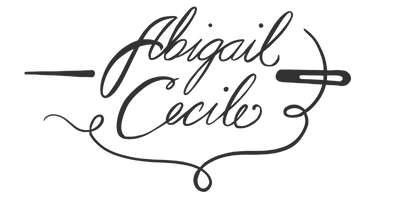Learn to Needlepoint Week 2 How to Approach Your Canvas
PLANNING and APPROACHING THE CANVAS
LESSON 2
In this lesson I’m going to give you some guidelines and structure on how to go about planning your canvas.
I want to give you the tools I use when starting a new canvas. That said, there are no rules. You DONT have to plan at all! Some of you (like me) find freedom in a structured approach. Some of you will simply go with the flow, making it up as you go. The important thing is to find what makes you comfortable and confident!
The first time you sit down to “plan” a canvas may take a little while (grab a coffee), some experimentation, maybe some revising. If some of you are thinking, “hey, all I wanted was a relaxing non committal pastime,” don’t worry! This quickly becomes a five minute mental process. I don’t even notice I’m taking these steps anymore, it’s just part of the excitement of a new project.
.........................................................................................................
How To Approach Your Canvas
When starting a project I mentally break up the canvas into three categories; Background, focal point, and secondary elements.
- The focal point is the main subject of the design. The most important element and the thing your eye is drawn to first.
- The background is the flat area behind the design elements, usually it has very little detail.
- The secondary elements are everything else ( smaller supporting elements with less detail ). They support the focal point.
.........................................................................................................
ACTIVITY
Identify the focal point, background, and secondary elements on your piece. Share on the group Facebook page!
.........................................................................................................
Stitch Order
1. Stitch the focal point first. While typically the focal point will have the most detail, you can emphasize and draw attention by stitching it with a variety of fun stitches and threads.
NOTE: I like to stitch the focal point first because it sets the precedent for making decisions about the other elements.
2. Stitch the secondary elements second, again with fun threads and stitches.
3. Stitch the background last with smaller stitches. You don’t want to draw to much attention to the background so stay away from stitches that have a strong pattern. The background is there to enhance the rest of the design.
Another way to achieve this is to stitch the background with a thin thread which will make it recede behind the focal point and secondary elements. The most important thing to avoid is making the background thicker than the foreground. It can be the same thickness, but don’t use thin threads for the focal point and secondary elements and a thick thread for the background. It will look odd.
.........................................................................................................
That being said, this is a starting point. I break these ‘rules’ all the time.
- Sometimes I stitch the background first. If I’m stitching something pretty generic in the background (like a tent stitch) I’ll dive right in. It allows me to get right into stitching without making too many decisions and helps me to get past that “blank page” anxiety.
- I’ve stitched backgrounds in very bold patterns and loved it! It may have taken away from the focal point (in this case the large flower in the photo below) but it lends so much interest to the piece!
- Another thing to think about - you typically want to stitch the light areas of the canvas first, working your way to the darkest areas. If you stitch the dark areas first and cross from one area to another (leaving a thread stretched across the back), then stitch over that back thread with a lighter color. Chances are the dark thread will show through the light stitches on the front. However, some people prefer to leave light colors for last (especially white) to keep it clean and bright. If you like to throw your needlepoint into a big purse, tote it around all day, or snack while you stitch, leaving the white for last may be a good idea (just make sure not to stretch any dark threads on the back).
PHOTO
.........................................................................................................
Again, the instructions above are there to help you get started and feel confident. You can always jump right into the canvas wherever you want! Needlepoint is all about relaxing and creating. Stitch using a process (or lack thereof) that floats your boat.








